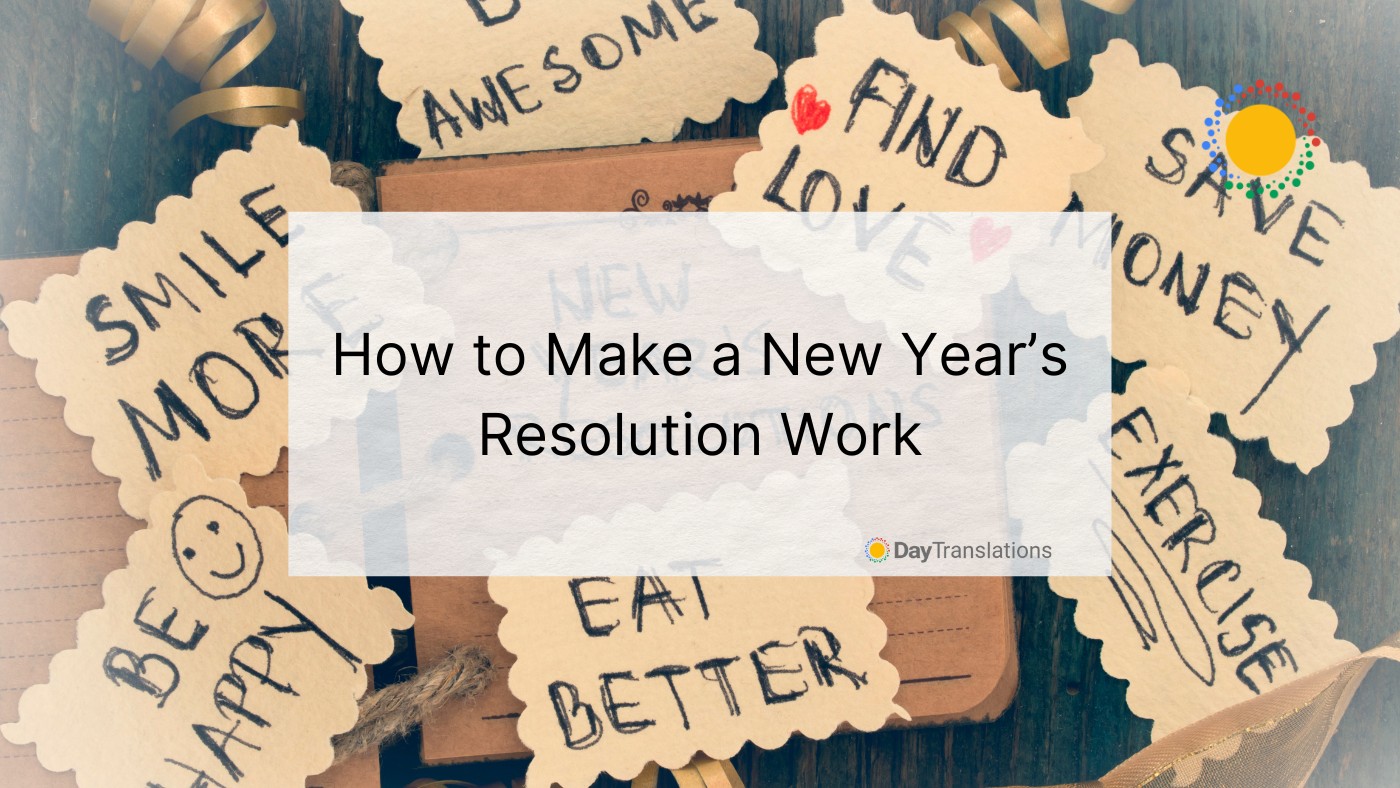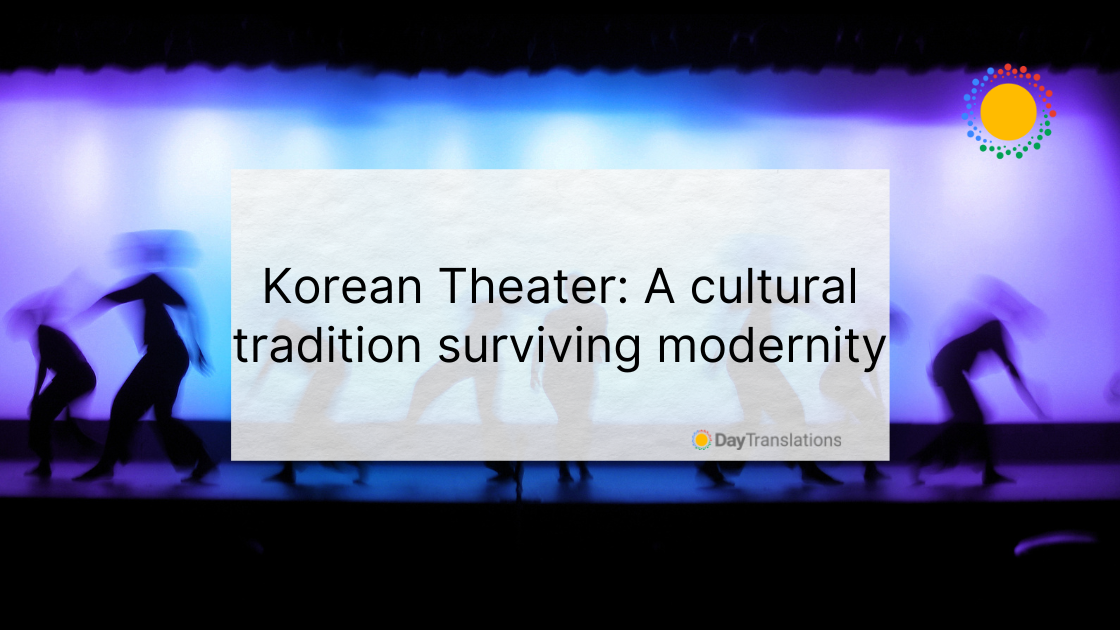The New Year is almost upon us and it is again the time for most people to reflect on the deeds they have done for the year and look forward to a new beginning starting on January 1. The traditional concept to have something new for the New Year is to have a New Year’s resolution. What exactly is a New Year’s resolution and where did it originate?
Origin of New Year’s Resolutions
The Babylonian culture existed since the late 19th century BC, in the south central part of Macedonia, the site of Iraq in the present day. The Babylonians used to promise their gods at the start of the year that they would pay all their debts and return all the things that they borrowed during the past year.
The Roman god Janus, for whom the month of January was named, was often depicted with two faces – one in front and another one on the back of his head. Thus, Janus was able to look back into the past as well as look into the future. He is the god of transitions and beginnings, the keeper of doors, gates, times and endings. Romans believed that what happens on the first day of the year augurs what will happen for the whole year so it became customary to exchange good wishes, sweet food, coins, pure salt and cakes.
The knights of the Medieval Era reaffirmed their commitment to chivalry by taking the peacock vow at the start of the year, while Christians prayed and made their resolutions during the midnight mass on New Year’s Eve.
Therefore, even if the concept of making New Year’s resolutions was religious, it evolved into practice of reflecting on a person’s annual self-improvement.
Participation in the Tradition
After the Great Depression hit Americans in 1929, about 25% of the adult population were said to have made New Year’s resolutions. By the 21st century, almost 40% of the population is committed to the tradition.
Popular New Year’s Resolutions
Throughout the years New Year’s resolutions seem to be the same, with the top ones always focused on self-improvement, whether it becomes a success or failure. Top of the line include losing weight, exercising more, drinking less alcohol, quitting the bad habit of smoking, stop nail-biting and eating better. There is also the promise to improve finances by saving money and getting out of debt and getting a better job. Some people promise to improve their education by getting better grades or learning a new language. Some want to be better organized, manage time better, be less stressful, be independent or play less video games. Still others want to improve their social skills to get along better with other people, make more friends, take a trip to a new place, volunteer or cut down on shopping.
Rate of Success
There was actually a study done by Richard Wiseman from the University of Bristol in 2007. Out of the 3,000 respondents, 88% of the people that made New Year’s resolutions failed, even if 52% of them were confident that they would succeed in the beginning.
How to Make a New Year’s Resolution Work
So what seems to be the problem? It is because most of the New Year’s resolutions made today are superficial. The next question would be how to make a New Year’s resolution actually work. The first solution is to set a goal. Do not just say that you are going to lose weight. Set measurable goals like a definite number of pounds a week. The second solution is to have a support group. It is easier to sustain your resolution of you have someone to share it with – both to see the resolution achieve the desired result as well as share the benefits that would be derived from it.
So, before the New Year, find your best friend with whom to share your goals for the New Year, discuss what you want to achieve and make the resolution together.











